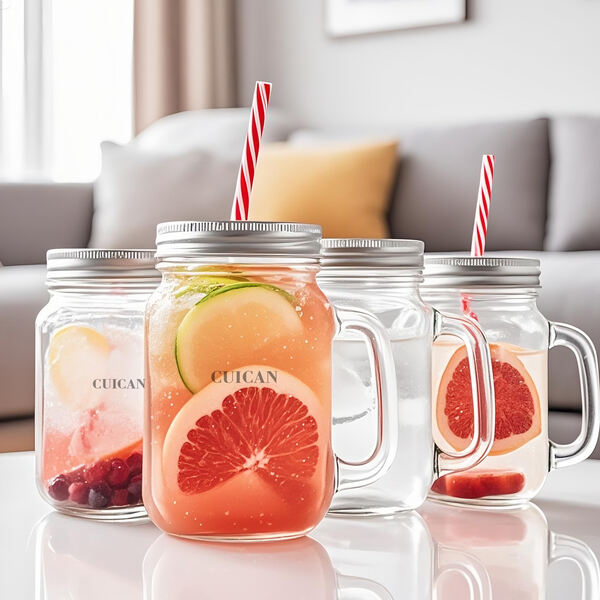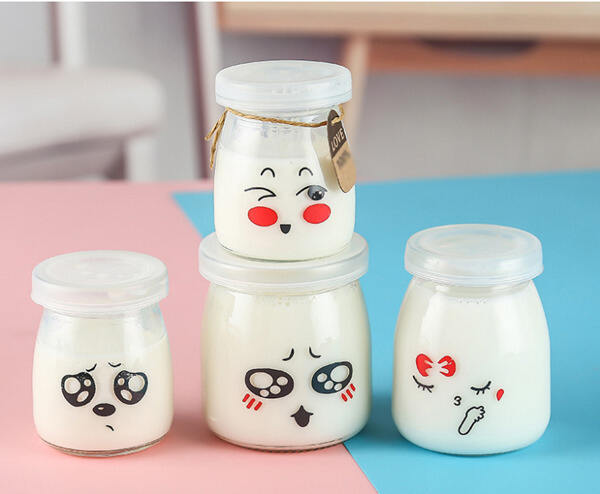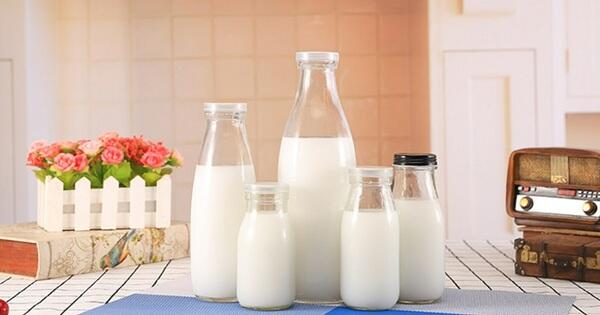Custom Beverage Bottles: A Guide to Private Label Packaging
For brands looking to stand out, custom beverage bottles are more than just containers—they’re a powerful tool to build identity and connect with customers. Private label packaging, where you design your own beverage bottles with your logo, colors, and style, helps your drinks stand out on crowded shelves. Whether you sell juice, soda, water, or iced coffee, custom beverage bottles can turn a generic product into a recognizable brand. Let’s explore how custom beverage bottles work, their benefits, and how to create the perfect design for your private label.
1. Types of Custom Beverage Bottles: Materials and Shapes
Custom beverage bottles come in various materials and shapes, each suited to different drinks and brand vibes. Choosing the right one depends on your product, audience, and values.
Glass Custom Beverage Bottles
- Best for: Premium drinks like craft soda, cold-pressed juice, or artisanal iced tea. Glass has a high-end feel and is recyclable, appealing to eco-conscious customers.
- Custom options: Shapes like square, round, or curved; colored glass (amber, green) to protect light-sensitive drinks (like juice); and embossed logos (raised designs on the glass itself).
- Example: A small-batch kombucha brand using clear glass bottles with a hand-drawn logo etched into the surface for a homemade, premium look.
Plastic Custom Beverage Bottles
- Best for: On-the-go drinks like bottled water, sports drinks, or kids’ juices. Plastic is lightweight, shatterproof, and affordable for large orders.
- Custom options: BPA-free materials, unique shapes (slim for pockets, wide for easy gripping), and labels that wrap around the bottle or stick to the front.
- Example: A fitness brand using bright blue plastic bottles with their logo in bold letters, designed to fit in gym bag side pockets.
Stainless Steel Custom Beverage Bottles
- Best for: Reusable drinks like cold brew coffee or infused water, marketed as eco-friendly alternatives to single-use bottles.
- Custom options: Vacuum insulation (to keep drinks cold/hot), powder-coated finishes (matte, glossy), and laser-etched logos (long-lasting and scratch-resistant).
- Example: A café selling branded stainless steel bottles that customers can refill, encouraging repeat visits and reducing waste.
2. Design Elements for Custom Beverage Bottles
A great custom beverage bottle design tells your brand’s story at a glance. Here are key elements to focus on:
- Logo placement: Put your logo where it’s easy to see—front and center, or on the cap. Make it large enough to recognize from a distance (like a store shelf).
- Colors: Choose 2–3 colors that match your brand. Bright colors (red, yellow) grab attention (good for energy drinks), while soft pastels (green, blue) suggest freshness (good for organic juices).
- Labels: Use high-quality, water-resistant labels that won’t peel or fade. For glass bottles, paper labels with a matte finish add a premium touch. For plastic, vinyl labels hold up better to moisture.
- Text: Keep it simple. Include the drink name, key benefit (e.g., “No added sugars”), and a short tagline (e.g., “Crafted in small batches”). Avoid clutter—too much text is hard to read quickly.
- Finishes: Add small details to make the bottle feel special: a metallic cap, a textured surface (like a ridged grip), or a transparent window to show the drink’s color (great for vibrant juices or sodas).
A juice brand targeting parents might use a custom bottle with a friendly logo, soft green colors, and a label that says “100% fruit, no added sugar”—clear and reassuring.

3. Benefits of Custom Beverage Bottles for Private Labels
Custom beverage bottles do more than hold drinks—they help your brand grow. Here’s why they matter:
- Stand out on shelves: In a sea of generic bottles, a custom design (unique shape, bold logo) makes customers pick yours. For example, a soda with a retro-shaped bottle will catch eyes next to standard cylindrical ones.
- Build brand recognition: Customers remember a distinct bottle. If they see your custom design again (at a friend’s house, in a café), they’ll connect it to your brand.
- Tell your story: Eco-friendly brands can highlight their values with recyclable glass bottles and “recycle me” labels. Artisanal brands might use handwritten-style logos to suggest craftsmanship.
- Encourage repeat buys: Reusable custom bottles (like stainless steel) give customers a reason to return. A coffee shop selling branded bottles that get a discount on refills builds loyalty.
- Justify higher prices: A premium custom beverage bottle (glass with a unique shape) makes customers willing to pay more—they associate the packaging with better quality.
4. How to Choose a Manufacturer for Custom Beverage Bottles
Finding the right manufacturer ensures your custom beverage bottles turn out as planned. Here’s what to look for:
- Experience with private labels: Ask if they’ve worked with small brands before. Check their portfolio to see if their style matches what you want.
- Minimum order quantity (MOQ): Small brands might need 500–1,000 bottles, while larger ones can order 10,000+. Choose a manufacturer with an MOQ that fits your budget.
- Material options: Ensure they offer the material you want (glass, plastic, stainless steel) and can meet safety standards (e.g., BPA-free plastic, food-grade glass).
- Lead time: Most manufacturers take 4–8 weeks from design approval to delivery. Ask if they offer rush orders (for a fee) if you need bottles quickly.
- Samples: Always request a sample before placing a large order. Check the bottle’s quality (does the lid seal tightly? Is the logo clear?), and test it with your drink (does the label hold up to condensation?).
5. Tips for a Successful Custom Beverage Bottle Project
- Start with your audience: Design for who you’re selling to. Parents of young kids need durable, spill-proof bottles; millennials might prefer sleek, Instagram-worthy designs.
- Keep it functional: A beautiful bottle that’s hard to open (e.g., a cap that’s too tight) will frustrate customers. Test the design with real people—ask if it’s easy to use.
- Stay on brand: Your custom beverage bottle should match other brand materials (like your website or social media). Consistency builds trust.
- Plan for costs: Custom designs cost more than stock bottles—budget for design fees, materials, and manufacturing. Remember, the investment often pays off in higher sales.

FAQ
How much do custom beverage bottles cost?
Prices depend on material, size, and order quantity. Plastic bottles start at $0.50 each (for 1,000+), glass at $1.50 each, and stainless steel at $5+ each. Small orders (500 or less) cost more per bottle.
What’s the minimum number of custom beverage bottles I can order?
Most manufacturers require 500–1,000 for plastic or glass. Stainless steel might have higher MOQs (1,000+). Some offer smaller runs for a higher price.
How long does it take to make custom beverage bottles?
Designing the bottle takes 1–2 weeks. Manufacturing takes 4–8 weeks after design approval. Total time: 6–10 weeks.
Do custom beverage bottles need to meet safety standards?
Yes. They must be food-safe: plastic should be BPA-free, glass lead-free, and labels should use non-toxic inks. Manufacturers can provide certificates to prove compliance.
Can I change the design of my custom beverage bottles later?
Yes, but it may cost more to update molds or labels. Start with a design you’ll be happy with for 1–2 years to avoid extra costs.
Are custom beverage bottles worth the investment for small brands?
Yes. They help you stand out from generic competitors, build loyalty, and justify slightly higher prices. Even small batches can make a big difference in how customers perceive your brand.
How do I ensure my custom beverage bottle design looks good?
Work with a graphic designer who has experience with packaging. Ask for 2–3 design options, then test them with potential customers (e.g., “Which bottle makes you want to try the drink?”).
Table of Contents
- Custom Beverage Bottles: A Guide to Private Label Packaging
- 1. Types of Custom Beverage Bottles: Materials and Shapes
- 2. Design Elements for Custom Beverage Bottles
- 3. Benefits of Custom Beverage Bottles for Private Labels
- 4. How to Choose a Manufacturer for Custom Beverage Bottles
- 5. Tips for a Successful Custom Beverage Bottle Project
-
FAQ
- How much do custom beverage bottles cost?
- What’s the minimum number of custom beverage bottles I can order?
- How long does it take to make custom beverage bottles?
- Do custom beverage bottles need to meet safety standards?
- Can I change the design of my custom beverage bottles later?
- Are custom beverage bottles worth the investment for small brands?
- How do I ensure my custom beverage bottle design looks good?

